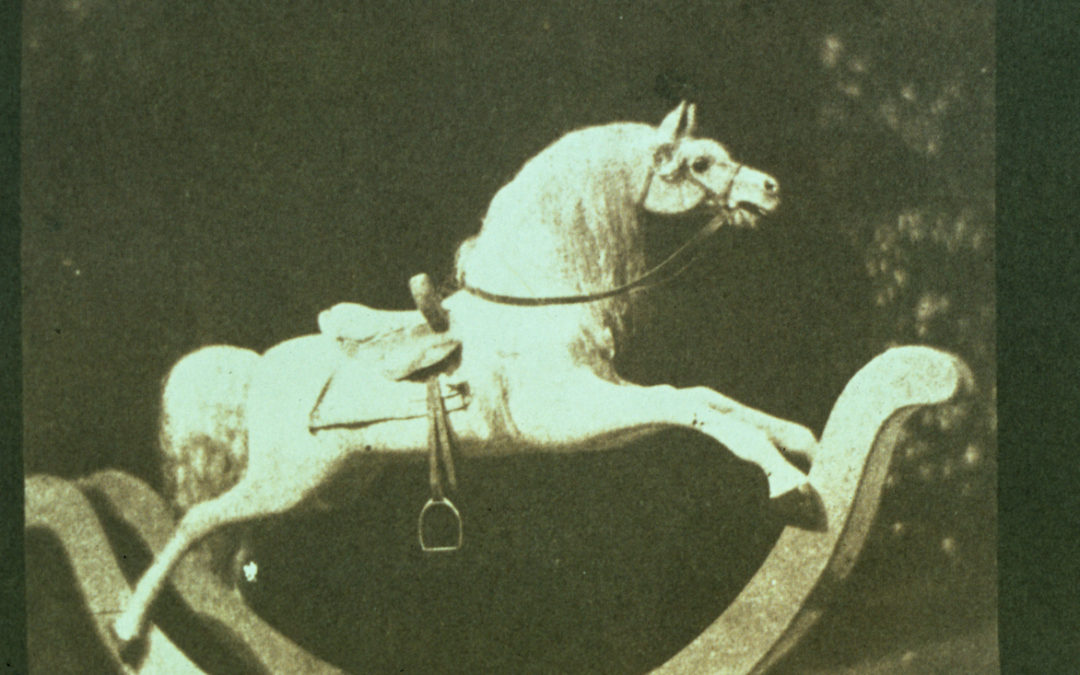“I do not claim to have perfected an art but to have commenced one, the limits of which it is not possible at present exactly to ascertain.”

William Henry Fox Talbot, by John Moffat of Edinburgh, May 1864.
William Henry Fox Talbot (11 February 1800 – 17 September 1877) was an English scientist, inventor and photography pioneer who invented the salted paper and calotype processes, precursors to photographic processes of the later 19th and 20th centuries. His work, in the 1840s on photomechanical reproduction, led to the creation of the photoglyphic engraving process, the precursor to photogravure. He was the holder of a controversial patent that affected the early development of commercial photography in Britain. He was also a noted photographer who contributed to the development of photography as an artistic medium. He published The Pencil of Nature (1844–46), which was illustrated with original salted paper prints from his calotype negatives, and made some important early photographs of Oxford, Paris, Reading, and York.

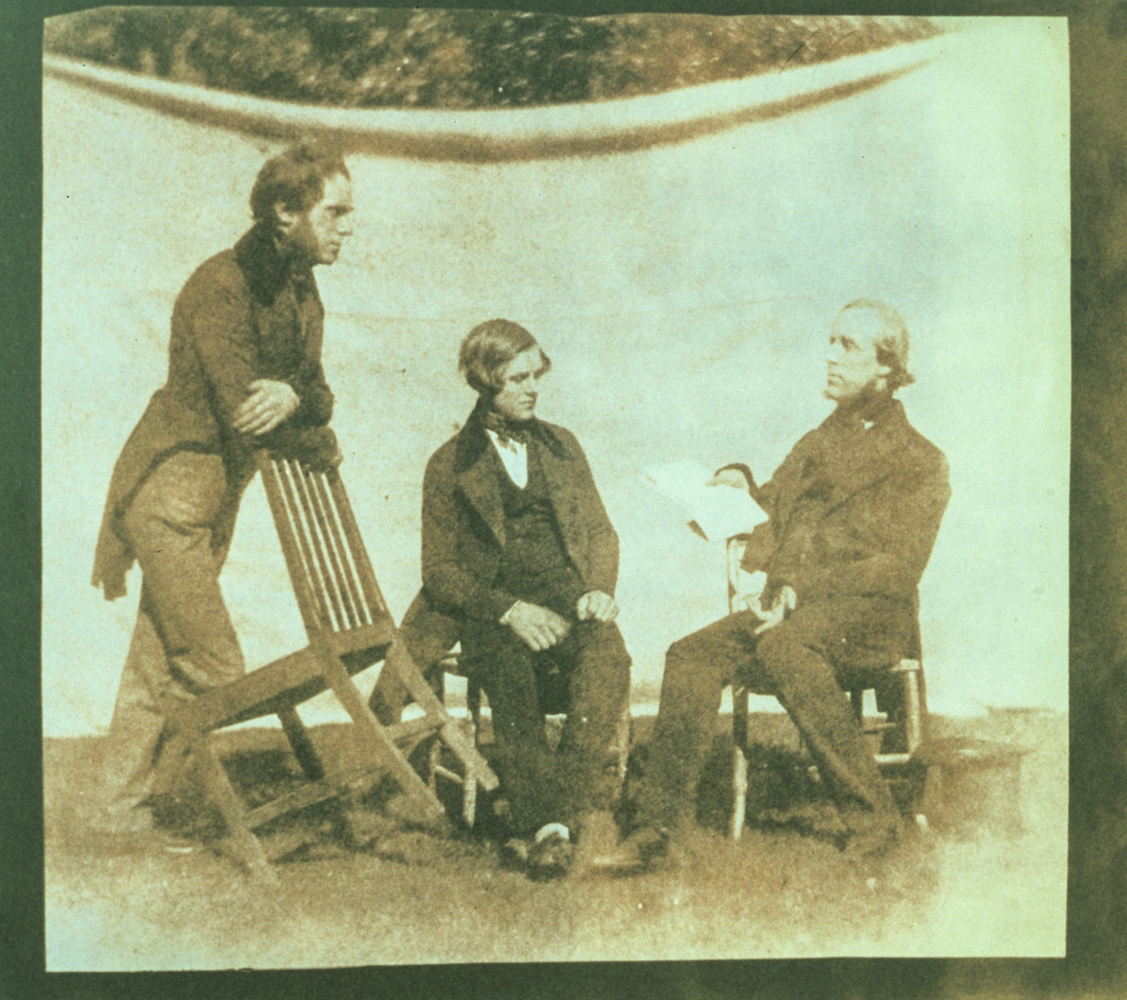
The Pencil of Nature
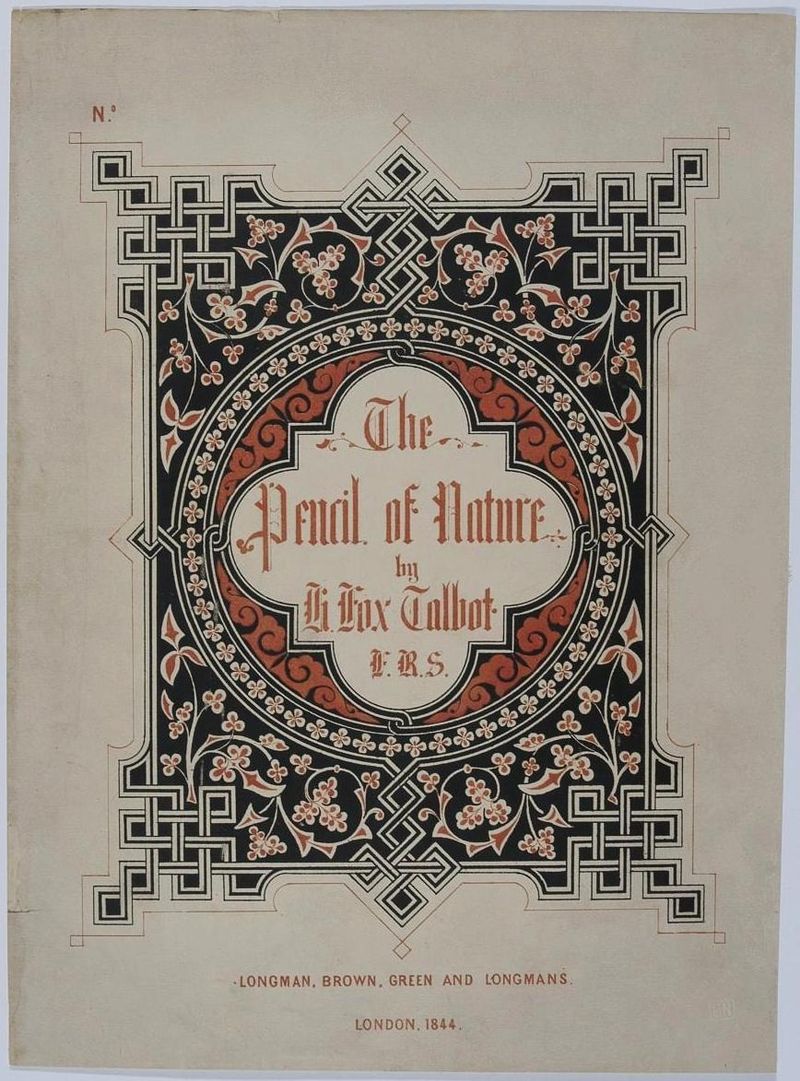
Cover of The Pencil of Nature, 1844
The book detailed Talbot’s development of the calotype process and included 24 calotype prints, each one pasted in by hand, illustrating some of the possible applications of the new technology. Since photography was still very much a novelty and many people remained unfamiliar with the concept, Talbot felt compelled to insert the following notice into his book:
“The plates of the present work are impressed by the agency of Light alone, without any aid whatever from the artist’s pencil. They are the sun-pictures themselves, and not, as some persons have imagined, engravings in imitation.”
The cover page for The Pencil of Nature clashed designs, which was characteristic of the Victorian era, with styles inspired by baroque, Celtic, and medieval elements. Its symmetrical design, letterforms, and intricate carpet pages are similar to and a pastiche of the Book of Kells.
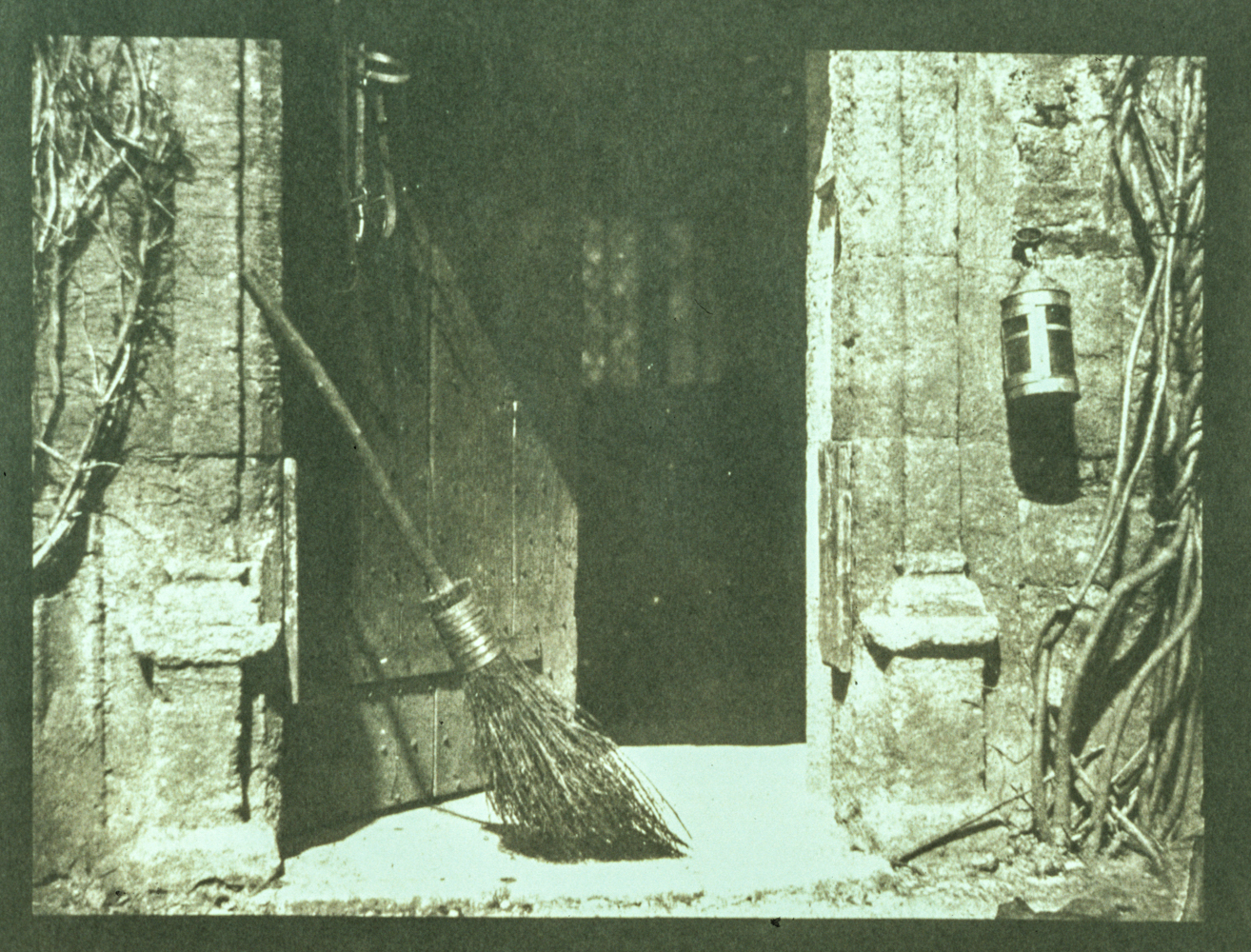

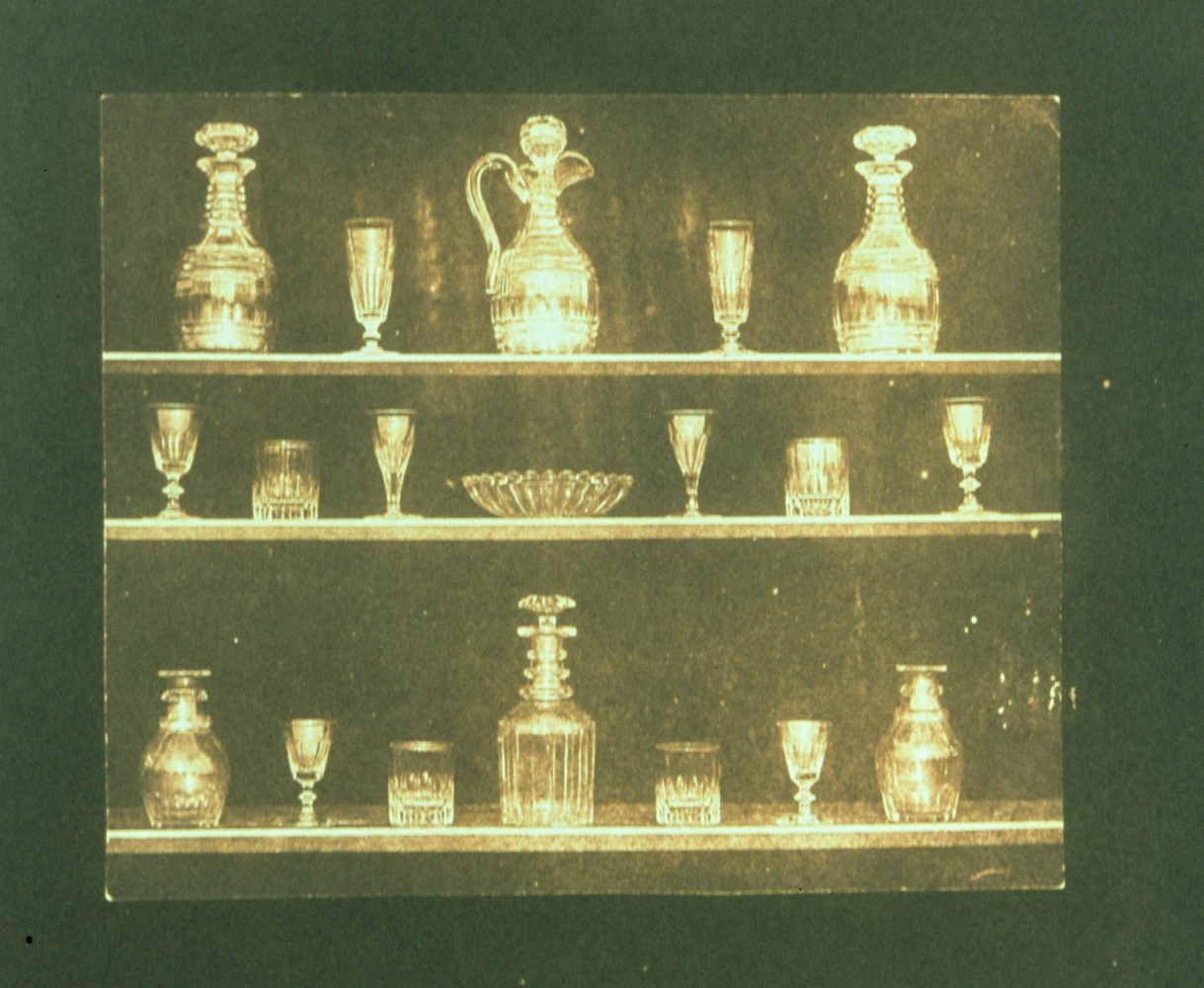

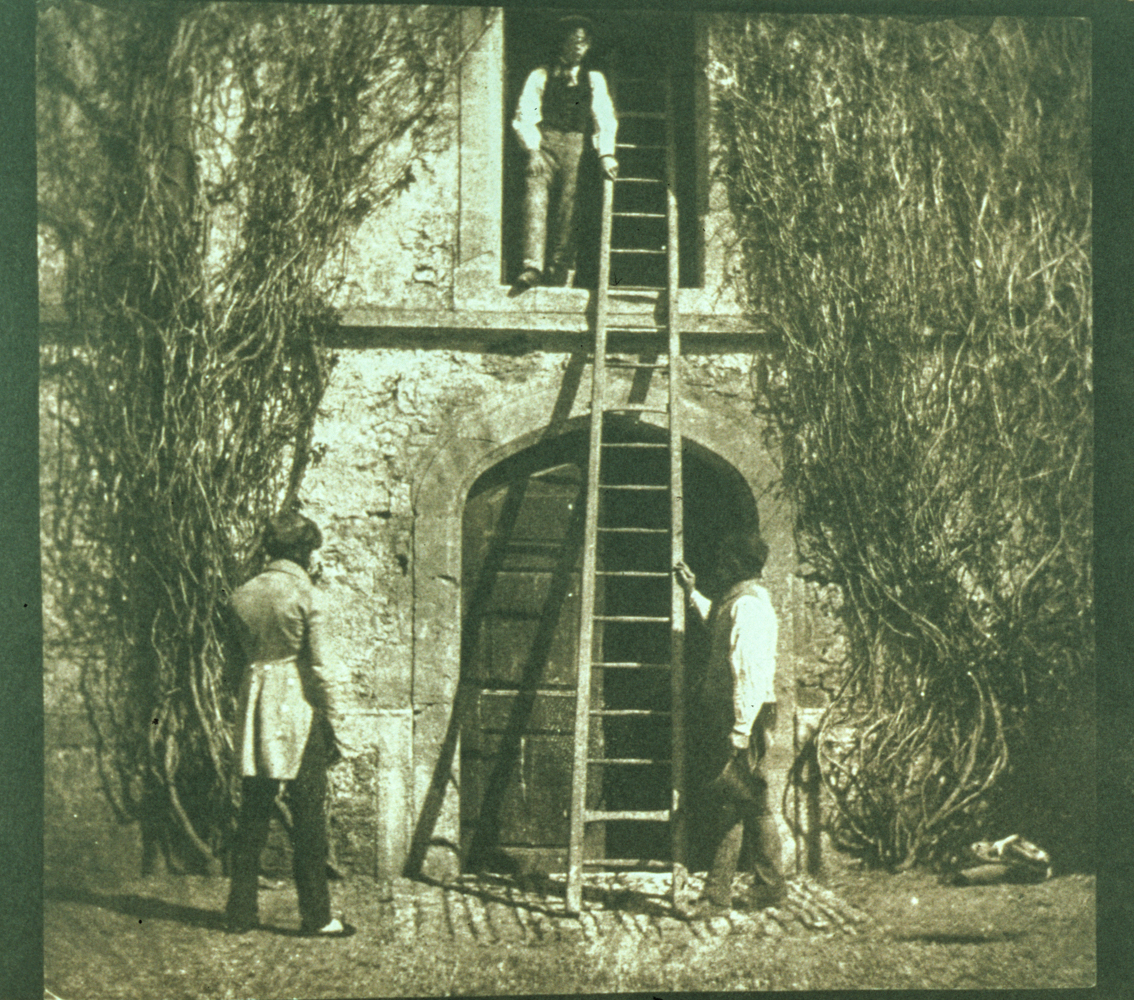


The Pencil of Nature was published and sold one section at a time, without any binding (as with many books of the time, purchasers were expected to have it bound themselves once all the installments had been released). Talbot planned a large number of installments; however, the book was not a commercial success and he was forced to terminate the project after completing only six.
https://en.wikipedia.org/wiki/Henry_Fox_Talbot

